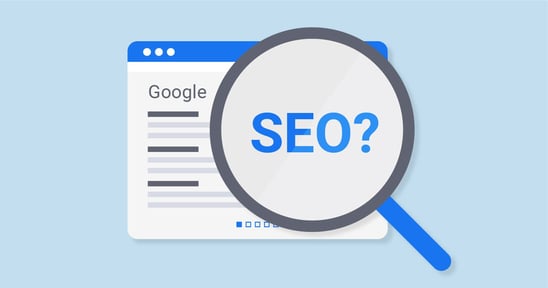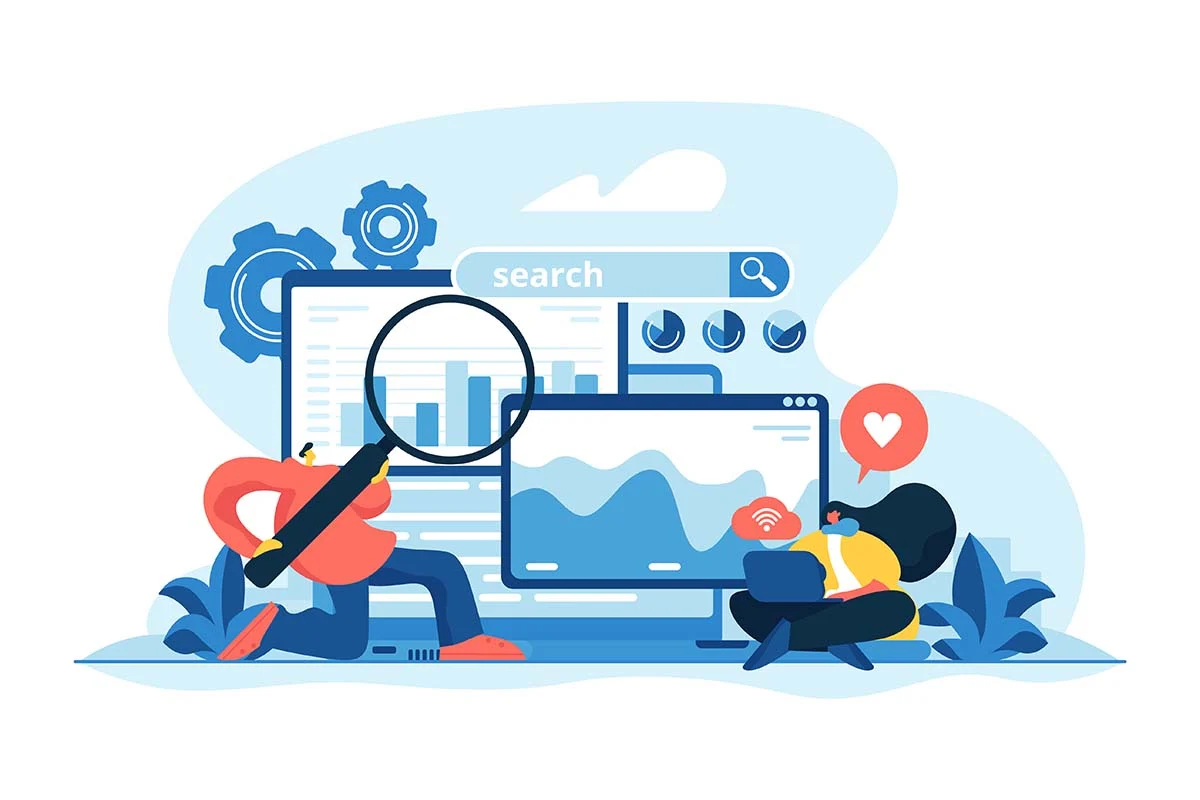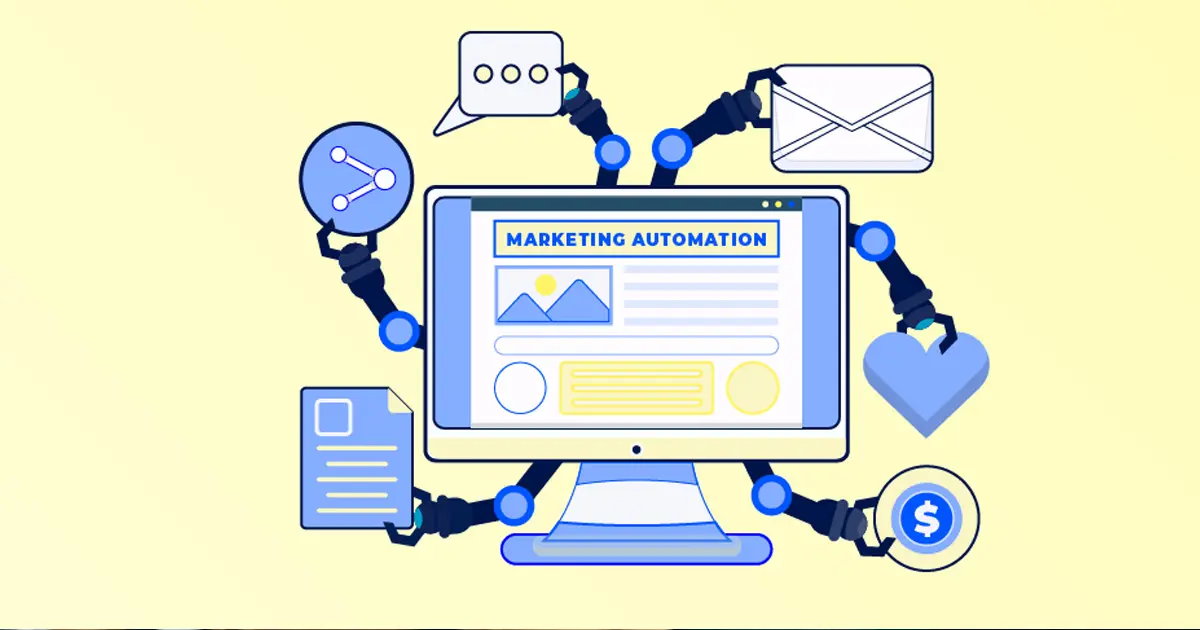Top 9 Inbound Marketing Strategies For eCommerce
Just imagine what it is like to have customers reaching out to you and visiting your website rather than your business constantly calling customers or spamming them.
As far as we know, this is the ultimate dream for any e-commerce, especially with the constantly accelerating pace of online shopping.
Well, we are here to tell you that you can start living the dream!
When customers are the ones who are attracted to your business and visit your website, this is known as e-commerce inbound marketing.
E-commerce inbound marketing is an ongoing process of bringing your customers to your online store rather than reaching out to them.
Want to know how to make this happen?
Keep on reading our article to know the best inbound marketing strategies for e-commerce. Trust us; they will make your dream come true.
Table Of Content:
- Best Inbound Marketing Strategies For e-Commerce:
Best Inbound Marketing Strategies For eCommerce
Want to enjoy the successes of inbound e-commerce marketing? We are sure you do. In the upcoming paragraphs, we will explain the best inbound marketing strategies for your e-commerce.
1- Invest In A Marketing Automation System
Image source: custobar.com
One of the first strategies you can use for your e-commerce inbound marketing is investing in a marketing automation system. A marketing automation system is actually multipurpose.
First, it will enable you to gather information about your customers, like their interests and preferences. In addition, you will know their exact position in the buyer’s journey. Hence, you will develop the correct type of content and also personalize it.
Second, a marketing automation system will handle your email marketing, an essential inbound marketing channel.
Third, your social media posts and tasks will be easily automated with minimal effort from your e-commerce.
Investing in a marketing automation system is your e-commerce winning strategy.
If you need help determining what automation system to use, you can check Converted.in. It is a marketing operating system for e-commerce, which utilizes data and shoppers' insights to create personalized multi-channel marketing that boosts customer engagement and maximizes ROI.
2- Create A Customer Persona
The first stage of successful inbound marketing for e-commerce is to attract. However, your e-commerce store won’t benefit by attracting the wrong customers. Therefore, you have to create a customer persona.
A customer persona is a profile of users who represent your target audience. By creating a customer persona, you develop a fictional representation of your target customer.
Understand your buyers' behaviors, interests, lifestyles, and goals behind using your products, needs, problems, and demographics to develop a compelling customer persona.
By creating a customer persona, you can deliver suitable content for your target audience. Hence, ensuring the success of the first step of inbound marketing, "attract.”
3- Post Valuable Content
Once you understand your target customers, you are all set to deliver the right type of content.
As an e-commerce business, you should know it’s not only about sales. Delivering valuable content builds trust and encourages customers to purchase.
Valuable content might be an informative blog, infographics, how-to, and tips. Customers tend to read about solutions to their problems. Therefore, you must focus on delivering value to your customers to ensure they will return to your website.
4- Focus On SEO

In the past years, Search Engine Optimization (SEO) has been thriving. It became essential for the success of any e-commerce by driving organic reach.
By focusing on SEO, you ensure your content is search engine friendly by appearing on the first search engine result page (SERP). The better your content is positioned in the first result pages, the more visible your e-commerce will be.
Let’s tell you how to do it.
You must identify keywords relevant to your business and customers' use while searching for products or services. Then, you have to include these keywords in your content.
As a result, your content will be ranked higher whenever customers start using these keywords for search.
You might think that you can create content with extensive use of keywords and you will be ranked higher. It’s not that simple.
Quality is crucial for SEO-optimized content. Artificial intelligence is so smart that it can detect the quality of your content, repetition, or copying.
Therefore, delivering valuable and high-quality content does not only benefit your customers but your e-commerce as well through SEO.
5- Have A Strong Social Media Presence
We are sure that you know by now the massive importance of social media. Therefore, your inbound marketing strategy should involve having a solid social media presence.
The power of social media can not be overlooked. Accordingly, your e-commerce should focus on delivering viral social media content. In addition, engaging more with customers and posting regularly attracts customers and position your products on top of the customers’ minds.
An extra tip is to use visually appealing content. Attractive images and videos can go a long way. Like seriously, who does not like to see attractive images and videos?
Also, you must be aware of the different types of content suitable for each social media platform. For example, the type of content required on TikTok differs from that on Facebook.
By having a strong social media presence, you are reaching out to customers where they spend most of their time.
6- Collaborate With Others
Why not benefit from other well-known people to attract potential customers to your e-commerce?
Well, we are here to tell you that benefitting from others is doable through collaborations.
The first thing you will think about when discussing collaborations is influencer marketing. Definitely collaborating with influencers is one of the most successful e-commerce inbound marketing strategies.
You might collaborate with influencers to promote your products and, thus, drive more customers to your e-commerce. The key is to choose the right influencer to attract the required target audience.
However, collaborations don’t stop at this point.
You can collaborate with other brands to deliver customized products. In addition, collaborations can be done with celebrities.
Also, creating an online PR by attending online events, conducting interviews, or becoming part of press releases will attract more customers to e-commerce. In addition, they will highly contribute to your e-commerce inbound marketing.
7- Make Your Website Mobile-Friendly
According to Statista, in 2021, the number of mobile users worldwide accounted for 7 billion users (Statista, 2023).
The whole thing about e-commerce inbound marketing is to attract customers to your website. So, imagine attracting customers who can’t use your website because it’s not mobile-friendly.
Well, this is an error that would jeopardize all of your efforts.
Therefore, making your website mobile friendly is an e-commerce inbound marketing strategy that should always be addressed.
You want to ensure you provide all the necessary elements to encourage your customers to convert. In addition, you have to offer your customers a seamless checkout experience to increase repeat purchases.
Therefore, optimizing your website is definitely a crucial step.
8- Gather And Share Feedback And Testimonials

A winning inbound marketing strategy is to gather and share the feedback and testimonials of your previous customers.
First, you have to gather the feedback of your previous customers to pinpoint any difficulties they encountered or things they didn’t enjoy while using your products. Hence, you are working on the delight stage of e-commerce inbound marketing.
Second, you must show how your previous customers benefitted from your products and services. It will spread good word of mouth about your business. Hence, lead to more organic reach and more awareness for your e-commerce.
Learn more about: How To Use Testimonial Advertising For eCommerce To Drive Sales
A well-created email marketing never goes wrong. As a result, building effective email marketing is definitely on our list of the best inbound marketing strategies for e-commerce.
After convincing your customers to share their emails with your business, you can build an effective email marketing strategy where you share your offers or new products with your customers.
Also, your email marketing might include sharing valuable content with your customers away from your e-commerce. For example, if you are a makeup brand, you can email your new article on the must-have brushes for daily use. Therefore, you ensure customer engagement and build trust.
Sometimes it’s regarded as an email newsletter in which you constantly share all of your updates with your customers.
Regardless of what you call it, you must include it in your e-commerce inbound marketing strategy.
If you don’t know how to start your email marketing, we encourage you to check out Convertedin. It will build and customize personalized email marketing campaigns effortlessly to increase your ROI.
 By
By

.webp)
